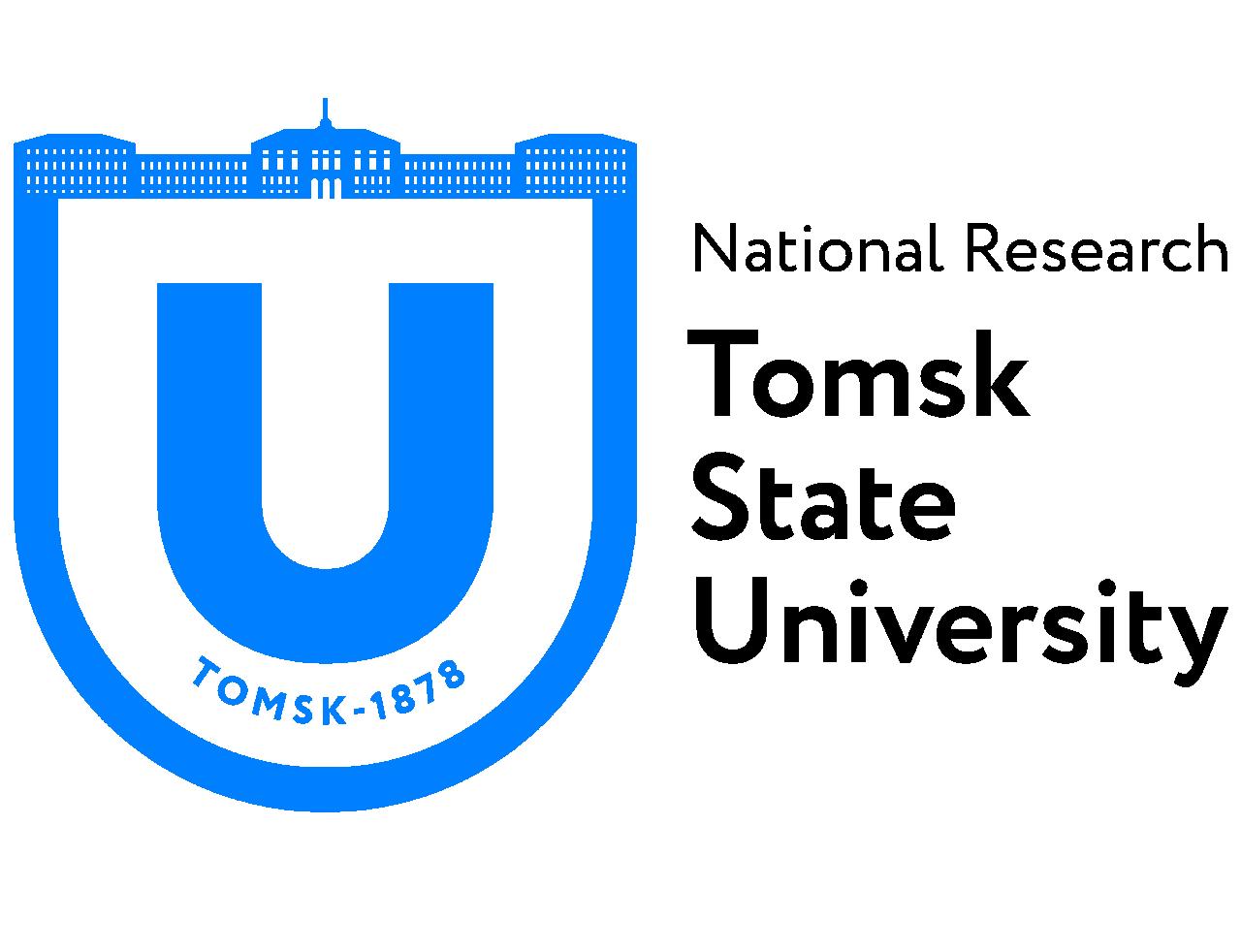Tomsk State University: TSU student will design new methods of cancer diagnostics in France
TSU postgraduate student Valentin Kupriyanov has won a scholarship from the Vernadsky Foundation, given by the Russian and the French government to young scientists to write a dissertation under joint guidance. The young researcher will learn technologies of biophotonics and machine learning at TSU and Université de Lorraine. Both universities actively use these technologies to diagnose cancer more quickly. Valentin Kupriyanov will develop a new method of identifying malignant skin neoplasms, including melanoma.
“Combining technologies of biophotonics and machine learning opens a whole new world of possibilities for solving various problems of diagnostics,” says Valentin Kupriyanov, postgraduate student at the TSU Faculty of Physics, graduate of the autonomous master’s degree program Biophotonics. “I started learning these instruments while studying in the TSU master’s program. Thanks to the scholarship, I can study these technologies at two leading universities – TSU and Université de Lorraine. They both closely collaborate with research universities that specialize in oncology treatment and diagnostics, so these universities have a unique opportunity to implement AI machine learning in real-life conditions and test new approaches in partner clinics.”
Valentin Kupriyanov will specialize in two technologies: optical coherence tomography and imaging.
“These instruments are very important for our student, because they reveal a great deal of information on skin pathologies (changes in structure, chemical composition, etc.),” explains Yury Kistenev, executive director of the Institute of Biomedicine. “They enable us to design simple but effective methods of diagnosing noninvasive malignant skin neoplasms. Moreover, hyperspectral imaging technology allows us to create simple and low-budget devices.”
Currently, doctors use optical tools with a short wavelength range to visually examine samples. Biophotonic spectrometers have a wider wavelength range. Combining hyperspectral imaging with the possibilities of machine learning can be very helpful for large-scale diagnostics.
Valentin Kupriyanov will study at TSU for one and a half years, and then at Université de Lorraine (Nancy) for one and a half years. His scientific adviser from the French side will be Walter Blondel, doctor of biological and medical engineering.
The product of his work in France and Russia will be a prototype device for identifying skin oncopathologies.

